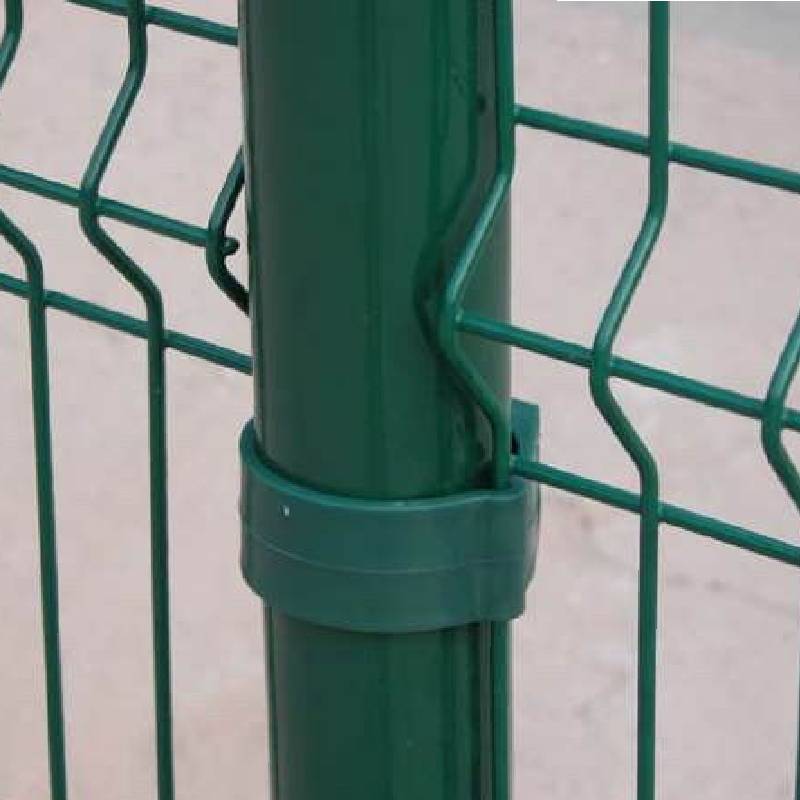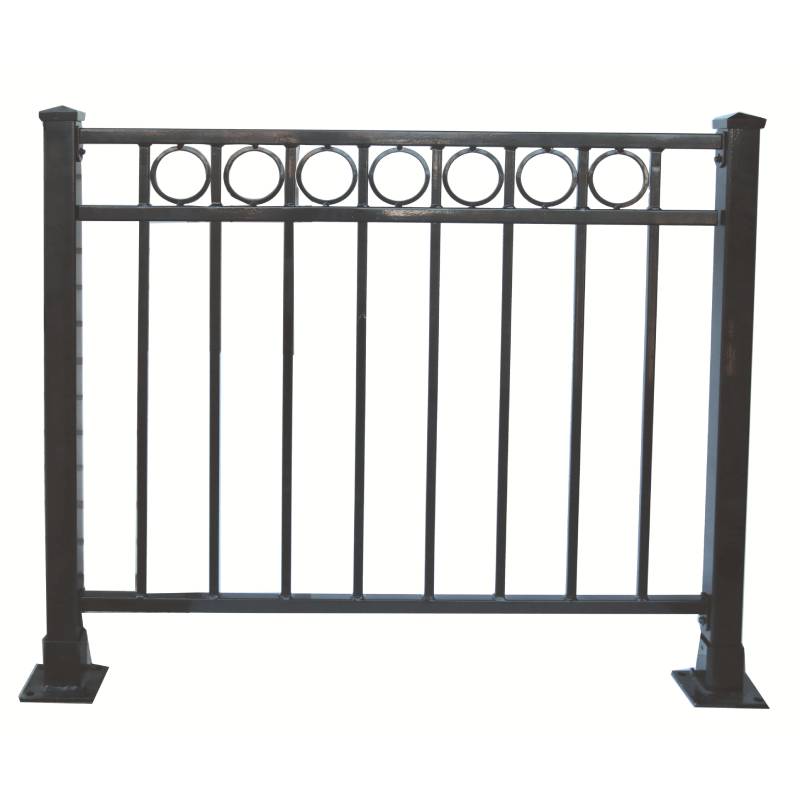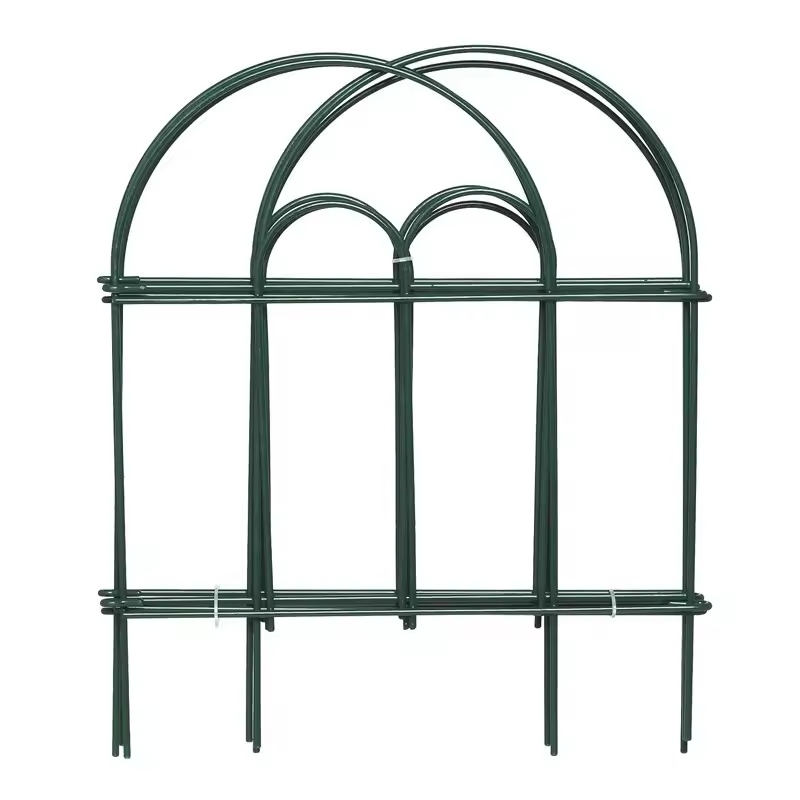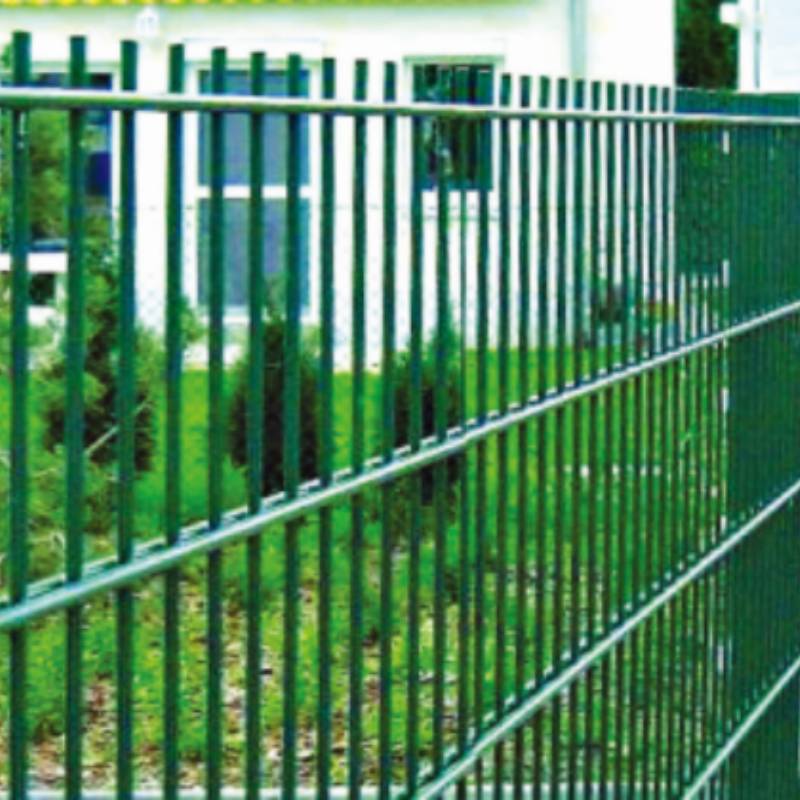-
E-mail:zhao@hyliec.cn
-
Telefono:+86 311 85273988
-
WhatsApp:8613931128750
-
 africano
africano -
 albanese
albanese -
 Amarico
Amarico -
 Arabo
Arabo -
 armeno
armeno -
 Azero
Azero -
 Basco
Basco -
 bielorusso
bielorusso -
 bengalese
bengalese -
 Bosniaco
Bosniaco -
 bulgaro
bulgaro -
 catalano
catalano -
 Cebuano
Cebuano -
 Corso
Corso -
 croato
croato -
 ceco
ceco -
 danese
danese -
 Olandese
Olandese -
 Inglese
Inglese -
 esperanto
esperanto -
 Estone
Estone -
 finlandese
finlandese -
 francese
francese -
 Frisone
Frisone -
 galiziano
galiziano -
 georgiano
georgiano -
 Tedesco
Tedesco -
 greco
greco -
 Gujarati
Gujarati -
 Creolo haitiano
Creolo haitiano -
 haussa
haussa -
 hawaiano
hawaiano -
 ebraico
ebraico -
 No
No -
 Miao
Miao -
 ungherese
ungherese -
 islandese
islandese -
 igbo
igbo -
 indonesiano
indonesiano -
 irlandesi
irlandesi -
 Italiano
Italiano -
 giapponese
giapponese -
 giavanese
giavanese -
 Kannada
Kannada -
 kazako
kazako -
 Khmer
Khmer -
 Ruandese
Ruandese -
 coreano
coreano -
 curdo
curdo -
 Kirghizistan
Kirghizistan -
 TBC
TBC -
 latino
latino -
 lettone
lettone -
 lituano
lituano -
 Lussemburghese
Lussemburghese -
 macedone
macedone -
 Malgashi
Malgashi -
 malese
malese -
 Malayalam
Malayalam -
 maltese
maltese -
 Maori
Maori -
 Marathi
Marathi -
 mongolo
mongolo -
 Myanmar
Myanmar -
 nepalese
nepalese -
 norvegese
norvegese -
 norvegese
norvegese -
 occitano
occitano -
 Pashtu
Pashtu -
 persiano
persiano -
 Polacco
Polacco -
 portoghese
portoghese -
 Punjabi
Punjabi -
 rumeno
rumeno -
 russo
russo -
 Samoano
Samoano -
 Gaelico Scozzese
Gaelico Scozzese -
 serbo
serbo -
 Inglese
Inglese -
 Shona
Shona -
 Sindhi
Sindhi -
 Singalese
Singalese -
 slovacco
slovacco -
 sloveno
sloveno -
 Somalo
Somalo -
 spagnolo
spagnolo -
 Sundanese
Sundanese -
 Swahili
Swahili -
 svedese
svedese -
 Tagalog
Tagalog -
 Tagico
Tagico -
 Tamil
Tamil -
 Tartaro
Tartaro -
 Telugu
Telugu -
 tailandese
tailandese -
 Turco
Turco -
 turkmeno
turkmeno -
 ucraino
ucraino -
 Urdu
Urdu -
 Uiguro
Uiguro -
 Uzbeco
Uzbeco -
 vietnamita
vietnamita -
 gallese
gallese -
 Aiuto
Aiuto -
 yiddish
yiddish -
 Yoruba
Yoruba -
 Zulù
Zulù
Recinzione a pannelli
Wholesale Metal Fence Panels ?
Wholesale metal fence panels are a popular choice for those looking for durable and secure fencing solutions. These panels are often made steel materials providing a
strong and long-lasting option for garden fencing. They are available in various designs and sizes, making them suitable for a wide range of applications. Wholesale options offer cost-effective solutions for purchasing metal fence panels in bulk, making them ideal for contractors, landscapers, and property developers looking to install fencing on a larger scale.
Is It Cheaper To Buy Fence Panels Or Build Them?
The cost of buying fence panels versus building them can vary depending on several factors. In general, buying pre-made fence panels can be cheaper and more time-efficient than building them from scratch. Pre-made panels are mass-produced, which often makes them more cost-effective due to economies of scale. Additionally, purchasing fence panels can save on labor costs, as they are typically easier and quicker to install compared to building a fence from individual components. However, building a fence from raw materials allows for more customization and control over the design, which may be a priority for some individuals. It's important to consider the specific requirements, budget, and time constraints when deciding whether to buy or build fence panels.
How To Install A Panel Fence?
To install a panel fence involves several steps:
1. Measure and plan: Determine the length of the fence and calculate the number of panels needed. Plan the layout and ensure the fence posts are installed at the appropriate intervals to accommodate the panels.
2. Install the posts: Dig holes for the fence posts, ensuring they are deep enough to provide stability. Set the posts in concrete and allow them to cure before attaching the panels.
3. Attach the panels: Once the posts are set, attach the panels to the posts using appropriate fasteners such as screws or nails. Ensure the panels are level and properly aligned.
4. Add finishing touches: Depending on the type of panels used, additional finishing touches such as capping, trim, or paint may be required to enhance the appearance and durability of the fence.
5. Maintenance: Regular maintenance, such as cleaning and sealing, may be necessary to ensure the longevity of the fence panels.
It's important to follow the manufacturer's instructions and local building codes when paneling a fence to ensure proper installation and compliance with regulations. If in doubt, it's advisable to consult with a professional or seek guidance from experienced individuals.








